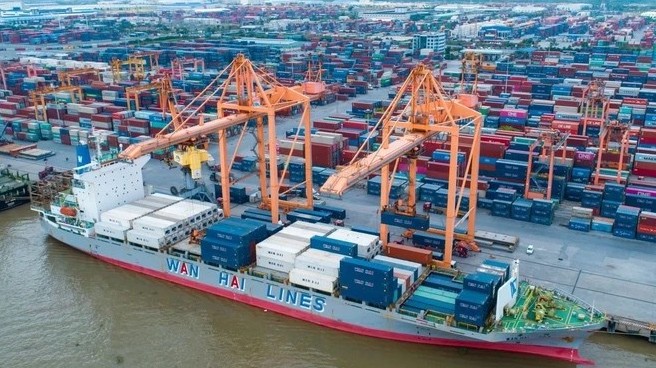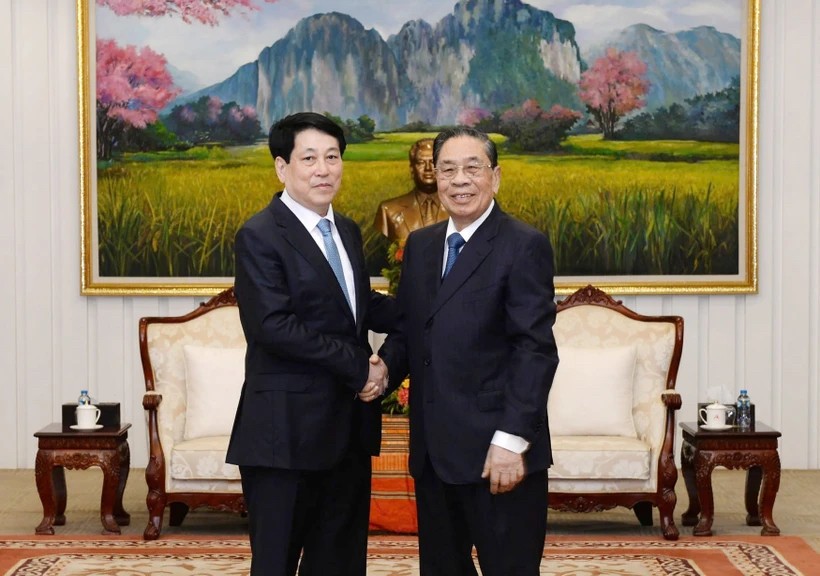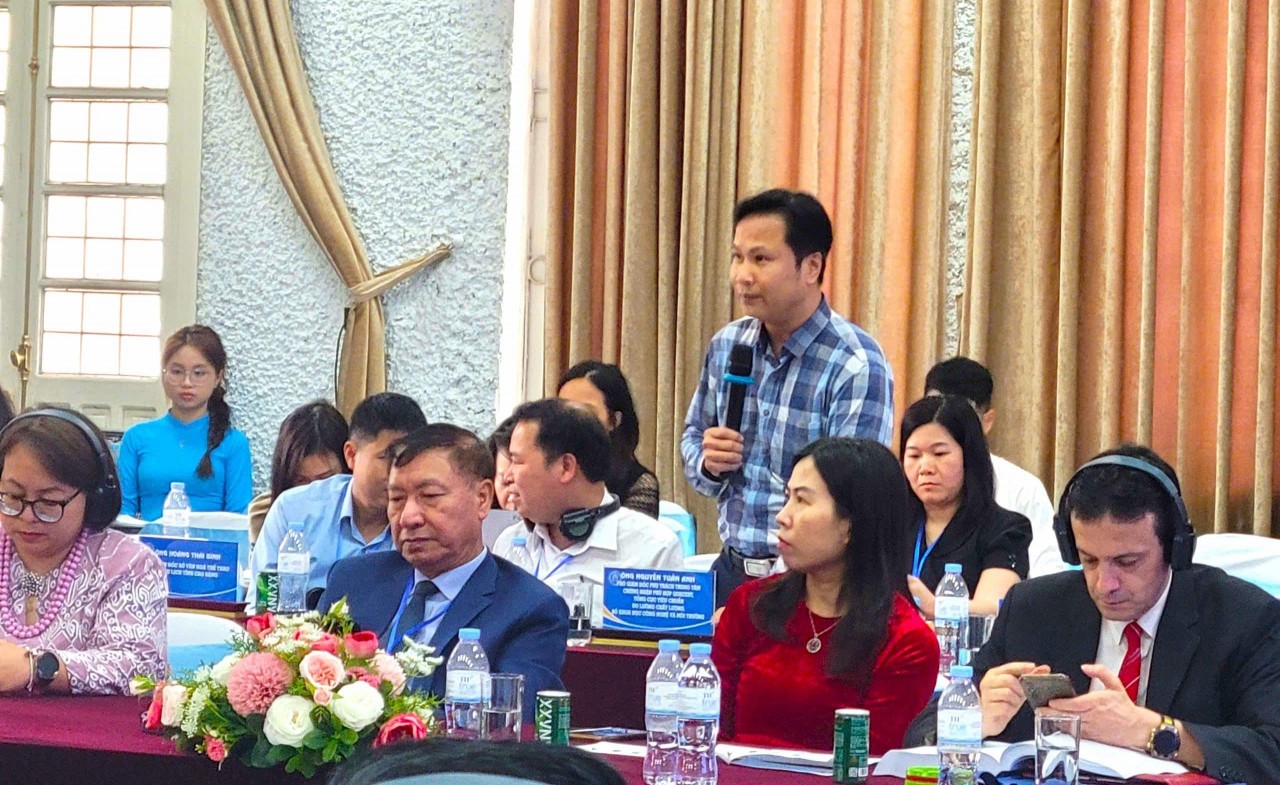Vietnam Rice Export Surges To New Record Revenue
The country earned 3.66 billion USD from exporting rice in the period, up 40.4% year-on-year, the ministry has reported.
The result was attributed to the increasing price of Vietnamese export rice, and the decreasing rice supplies in many markets during the reviewed period, it said.
Vietnam’s average price of exported rice in the first three quarters reached 553 USD per tonne, a 14% increase over the same period in the previous year.
The Philippines was the largest buyer of Vietnamese rice products in the first eight months, accounting for 40.3% of the total rice export. China and Indonesia ranked second and third, accounting for 13.5% and 12.4%, respectively.
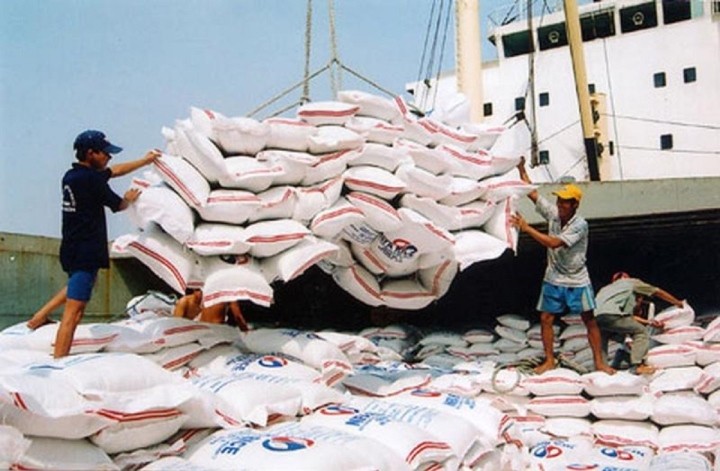 |
| The country earned 3.66 billion USD from exporting rice in the period, up 40.4% year-on-year, the ministry has reported. Photo: Vietnam Plus |
Additionally, positive growth in rice exports has been also recorded in countries in the European Union, such as Poland, the Netherlands, Spain, and Belgium, and African nations such as Ghana and Angola.
According to Vice General Director of the Export-Import Department under the Ministry of Industry and Trade Tran Thanh Hai, the price of exported rice is expected to remain high until the end of this year due to the continued demand for rice imports in major consuming markets such as the Philippines, China, Indonesia, Malaysia, and Africa. This is coupled with the limited supply of rice from leading rice exporters like India and Pakistan.
President of the Vietnam Food Association (VFA) Nguyen Ngoc Nam stressed that there is ample room for rice exports to grow, especially as the Philippines needs to import an additional 1.1 million tonnes, while Indonesia plans to buy 2.3 million tonnes by the end of the year.
China’s demand for rice imports is also forecast to increase in the remaining months of the year, Nam said.
Rice exporters are advised to have appropriate strategies to ensure the ability to meet exports.
Currently, rice processing has basically completed all stages, the use of by-products in the rice processing process, rice husk or rice bran… all achieve great added value. However, in the coming time, businesses also need to coordinate with localities more closely in building the rice value chain in the direction of green, clean, and sustainable.
Producing in the direction of sustainability and towards social and environmental benefits is a form many businesses focus on developing. The rice industry is no exception to the trend. Farmers and the local agricultural sector need to change their approach towards green agriculture towards the environment, reducing greenhouse gas emissions. According to some experts, the most difficult problem in implementation is changing the perception of farmers, authorities, and businesses.
Towards rice production in the direction of environmental protection and sustainability, the provinces and cities of the Mekong Delta have now developed solutions to put into production salt-tolerant rice varieties for the coastal plain. In addition, the production process “1 must 5 reduce” is applied to save input materials, thereby reducing greenhouse gas emissions and increasing income for farmers.
Many localities now have a foundation to transform and restructure the agricultural industry. Many places have begun to appear ecological, integrated, multi-layered, and favorable agricultural models such as shrimp-rice in Ca Mau peninsula or converting from monoculture to multi-cropping and intercropping in the Dong Thap Muoi regions.
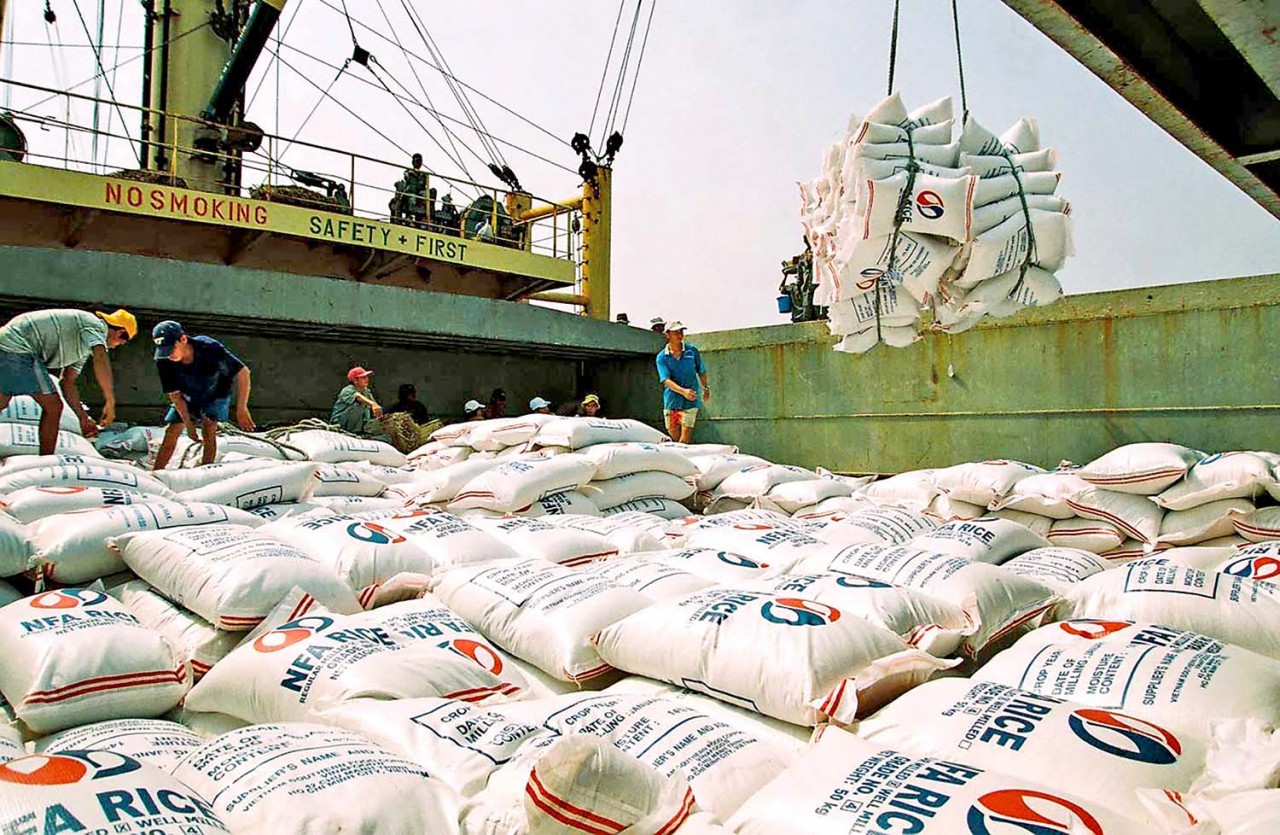 |
| Vietnam’s average price of exported rice in the first three quarters reached 553 USD per tonne, a 14% increase over the same period in the previous year. Photo: Virac |
To ensure green growth, the Ministry of Agriculture and Rural Development is also carrying out other activities to coordinate with localities to support farmers to meet the requirements of the export market. These can be mentioned as production activities according to VietGAP, GlobalGAP processes, or sustainable and organic rice production and synchronous mechanization in farming.
Besides the positive growth, rice exports are still facing many challenges when they have not really diversified the market, still showing signs of dependence on a key market such as the Philippines or China. In addition, the African market is showing signs of a decrease in export volume.
Production costs were also increased due to the sharp increase in input prices of agricultural inputs, which pushed up costs for purchasing paddy and commodity rice, putting pressure on rice exporters. Therefore, the work of market development should be paid special attention to strengthen support and ensure commensurate with the potential of the industry.
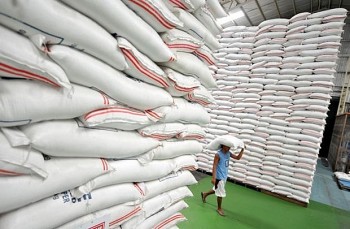 | Vietnam - Biggest Rice Provider in the Philippines During January-May, the Philippines imported 1.5 million tonnes of rice from Vietnam, accounting for nearly 90% of its total imported rice. |
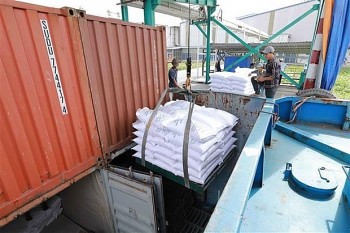 | Vietnam's Rice Export to the Philippines Hit Record Level Vietnam rice exports stay high on strong demand. |
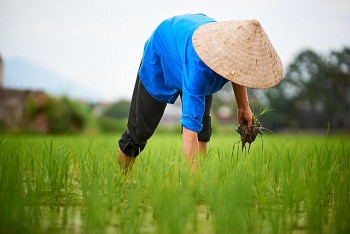 | Rice Farming in Vietnam Needs Investment from Private Sectors Triple Pundit' sustainable business expert, journalist Carlos Manuel Rodriguez said that conventional farming methods in Vietnam, although rooted in the country's agriculture for thousands of ... |




